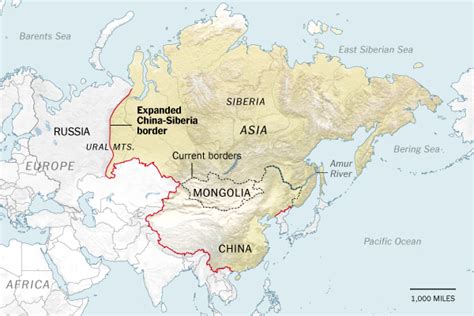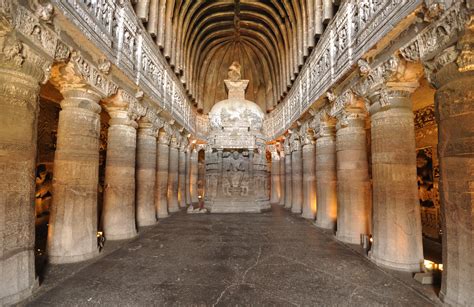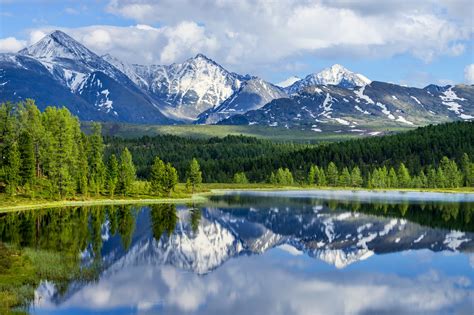siberia frontier china mongolia arcaelogican excavation griffin altai mountains An article that explores the history of Tuva, a Turkic-speaking people of South Siberia, in Chinese and Russian sources. It discusses the geography, population, political status, and cultural . Mini Diggers from £75 + VAT. 1.5 Ton Kubota Mini Diggers are great for most digging work and are even capable of serious concrete breaking with our .
0 · south siberia in china
1 · caves in mongolia
2 · buddhist caves in mongolia
3 · altai mountains mongolia
4 · altai mountains ice margins
5 · altai mountains hunting
6 · altai mountains archaeology
AGT H15 is a 1.5 ton, 13.5HP RATO mini excavator with pilot control system and various attachments. It has a climbing ability of 35%, a fuel consumption of 0.5-1.2 quarts/hour, and a hydraulic system pressure of 23.5/18 psi.
An article that explores the history of Tuva, a Turkic-speaking people of South Siberia, in Chinese and Russian sources. It discusses the geography, population, political status, and cultural . Our survey team located, documented, and examined 25 caves from four regions in the Gobi-Altai Mountains in western Mongolia. We found that most caves do not contain .The typological parallels between the archaeological finds from Liushui and Taklamakan and those from Siberia, Kazakhstan, Mongolia, and northern China might suggest long-distant . The transition from hunting to herding transformed the cold, arid steppes of Mongolia and Eastern Eurasia into a key social and economic center of the ancient world, but .
Learn about the ancient Pazyryk culture of the Altai Mountains, a Scythian-Siberian type culture with rich artistic and trade connections. Discover the treasures of the frozen . A fundamentally new phase in the history of Mongolian archaeology began in 1995 with the formation of the trilateral Joint Mongolian-Russian-American Archaeological .
The location and geographic extent of the ancient Scythia varied over time, encompassing the Altai-Sayan region and the adjacent parts of Mongolia, North China and .Four archaeological sites along the western frontier of China and Mongolia were analyzed for cranial trauma patterns. These patterns were then used to determine levels of violence, who . We have examined 40 assemblages from the following regions: Russian (Gorny or Mountainous) Altai, Central Siberia, Eastern Siberia, the Mongolian Altai and Dzungaria, .Archaeological finds of the last several decades in China, Mongolia, and South Siberia encourage a reconsideration of the nature and extent of cultural exchange between Zhou China and the .
An article that explores the history of Tuva, a Turkic-speaking people of South Siberia, in Chinese and Russian sources. It discusses the geography, population, political status, and cultural . Our survey team located, documented, and examined 25 caves from four regions in the Gobi-Altai Mountains in western Mongolia. We found that most caves do not contain .The typological parallels between the archaeological finds from Liushui and Taklamakan and those from Siberia, Kazakhstan, Mongolia, and northern China might suggest long-distant . The transition from hunting to herding transformed the cold, arid steppes of Mongolia and Eastern Eurasia into a key social and economic center of the ancient world, but .
Learn about the ancient Pazyryk culture of the Altai Mountains, a Scythian-Siberian type culture with rich artistic and trade connections. Discover the treasures of the frozen .
south siberia in china

caves in mongolia
A fundamentally new phase in the history of Mongolian archaeology began in 1995 with the formation of the trilateral Joint Mongolian-Russian-American Archaeological . The location and geographic extent of the ancient Scythia varied over time, encompassing the Altai-Sayan region and the adjacent parts of Mongolia, North China and .

Four archaeological sites along the western frontier of China and Mongolia were analyzed for cranial trauma patterns. These patterns were then used to determine levels of violence, who .
We have examined 40 assemblages from the following regions: Russian (Gorny or Mountainous) Altai, Central Siberia, Eastern Siberia, the Mongolian Altai and Dzungaria, .Archaeological finds of the last several decades in China, Mongolia, and South Siberia encourage a reconsideration of the nature and extent of cultural exchange between Zhou China and the .An article that explores the history of Tuva, a Turkic-speaking people of South Siberia, in Chinese and Russian sources. It discusses the geography, population, political status, and cultural .
Our survey team located, documented, and examined 25 caves from four regions in the Gobi-Altai Mountains in western Mongolia. We found that most caves do not contain .The typological parallels between the archaeological finds from Liushui and Taklamakan and those from Siberia, Kazakhstan, Mongolia, and northern China might suggest long-distant . The transition from hunting to herding transformed the cold, arid steppes of Mongolia and Eastern Eurasia into a key social and economic center of the ancient world, but .
Learn about the ancient Pazyryk culture of the Altai Mountains, a Scythian-Siberian type culture with rich artistic and trade connections. Discover the treasures of the frozen . A fundamentally new phase in the history of Mongolian archaeology began in 1995 with the formation of the trilateral Joint Mongolian-Russian-American Archaeological . The location and geographic extent of the ancient Scythia varied over time, encompassing the Altai-Sayan region and the adjacent parts of Mongolia, North China and .
Four archaeological sites along the western frontier of China and Mongolia were analyzed for cranial trauma patterns. These patterns were then used to determine levels of violence, who . We have examined 40 assemblages from the following regions: Russian (Gorny or Mountainous) Altai, Central Siberia, Eastern Siberia, the Mongolian Altai and Dzungaria, .

buddhist caves in mongolia

bobcat skid steer loan
Scott Hughes Checks In! Pro Driver, good friend of Big Squid RC, and all around .
siberia frontier china mongolia arcaelogican excavation griffin altai mountains|altai mountains mongolia